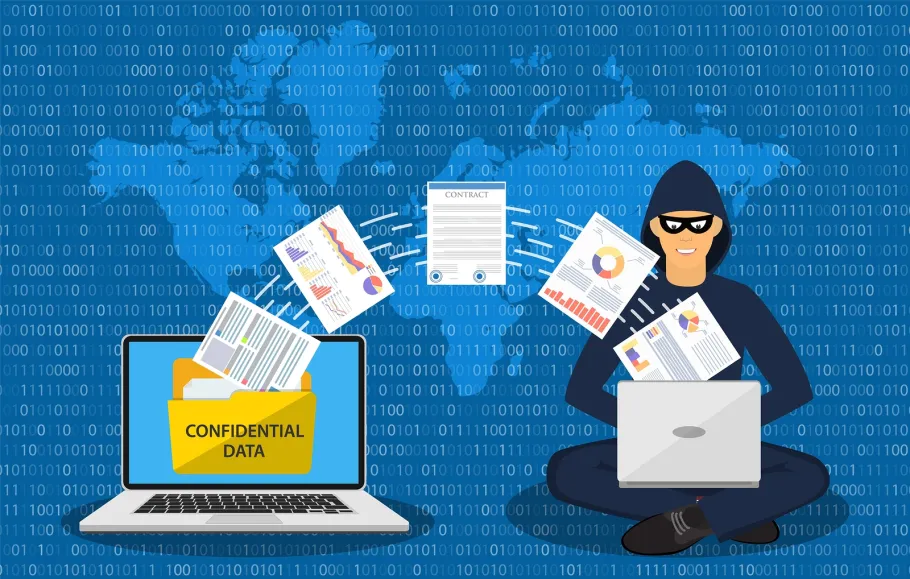IP stresser attacks are the pursuit of financial gain. Cybercriminals may use these attacks as extortion, threatening to overwhelm a target’s network unless a ransom is paid. This tactic is particularly prevalent in the case of businesses and organizations that heavily rely on online services and infrastructure, as the disruption of their operations causes financial losses. The attackers may offer IP stresser services, “booters” or “stressers,” as a commercial product, catering to a wide range of customers, including other cybercriminals, disgruntled individuals, or even nation-state actors. The availability of these services, often advertised on the dark web or underground forums, lowers the technical barriers to entry and enables even unskilled individuals to launch damaging attacks.
Ideological or political motives
- Financial incentives and IP stresser attacks are driven by ideological or political motivations. Cybercriminals or hacker groups may target organizations, government entities, or individuals they perceive as adversaries to disrupt their operations, undermine their credibility, or send a broader message.
- These attacks can be used as a form of “hacktivism,” where the perpetrators aim to draw attention to a particular cause or ideology. By disrupting critical services or high-profile targets, they seek to garner publicity and leverage the impact of their actions to advance their agendas, whether they are political, social, or religious.
- The nation-state actors may also employ IP stresser attacks as a covert means of exerting geopolitical influence and sabotaging rival countries’ or adversaries’ infrastructure or operations. These attacks are part of a broader suite of cyber warfare tactics designed to undermine the economic or strategic interests of the target.
Competitive advantage and retaliation
What Is an IP Stresser? IP stresser attacks may be motivated by competitive factors, where businesses or individuals use these disruptive tactics to gain a strategic advantage over their rivals. This could involve targeting a competitor’s online presence or critical systems, disrupting their operations, and causing financial or reputational damage. Additionally, IP stresser attacks can be a form of retaliation, where individuals or groups seek to “strike back” in response to perceived injustices, personal conflicts, or previous attacks. This tit-for-tat dynamic escalates tensions and perpetuates a cyber-attack cycle, further exacerbating the overall threat landscape.
Addressing the underlying motives
1. Enhancing cybersecurity resilience
Strengthening the overall cybersecurity posture of organizations, individuals, and critical infrastructure is crucial in deterring IP stresser attacks. This includes implementing robust network monitoring, employing advanced threat detection and mitigation tools, and fostering a culture of cybersecurity awareness and preparedness.
2. Disrupting the supply chain of malicious services
Targeting the availability and accessibility of IP stresser services, often called “booters” or “stressers, “disrupts the supply chain that enables these attacks. This may involve collaborative efforts between law enforcement, cybersecurity experts, and internet service providers to identify and shut down these illicit services, making it more difficult for adversaries to launch large-scale attacks.
3. Addressing socioeconomic and psychological factors
The underlying drivers of IP stress attacks may be rooted in socioeconomic or psychological factors, such as financial hardship, lack of education, or a desire for attention and recognition. Addressing these underlying issues through initiatives like youth outreach, education programs, and mental health support services can help prevent individuals from turning to these disruptive activities.








